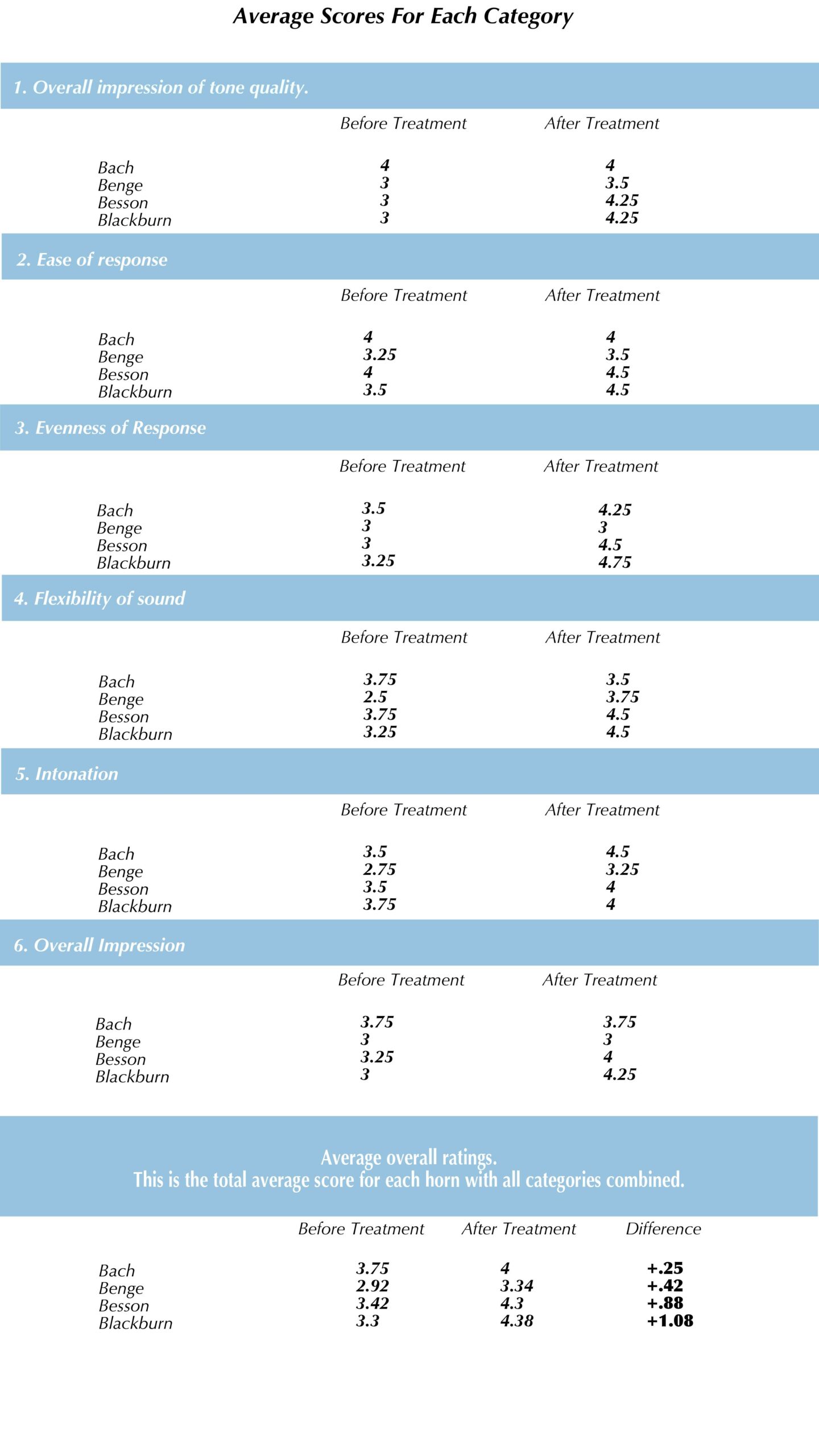Carbide Tools
At Controlled Thermal Processing, we specialize in the deep cryogenic treatment of cutting tools, including many types of tungsten carbide cutters, end mills, drills, and other cutting tools. By improving the resiliency of the cobalt alloy binding that holds carbide-composite tools together, you’ll see a dramatic increase in tool-life and durability. Learn more about how our DCT treatments work for tungsten carbide. Deep cryogenic treatment has been found to increase the effectiveness of most coatings used on carbide tooling.
How it Works

A recent doctoral thesis indicates Deep Cryogenic Treatment significantly alters the microstructure of tungsten carbide, causing the beta-phase particles to increase in size and quantity, while the eta-phase and γ-phase show a corresponding decrease. We have also found that deep cryogenic processing of cutting tools increases their hardness by about 7%. Since keeping the carbide cool is important to maintaining the wear resistance created by the treatment, taking the proper precautions after treatment is essential.
We’ve seen how treated carbide inserts and untreated carbide inserts have responded to wear and tear over time. Both inserts were milled on the same cutter, but the untreated insert saw significant wear at the area near the top, forcing the treated insert to pick up the slack.
Also go to our page on carbide hobs.
Contact Us Today
In many applications, the specific tungsten carbide composition may vary, necessitating several trials to determine appropriate protocols for deep cryogenic treatment. We’ve worked with many different carbide combinations, and are experienced at applying the perfect process for your exact carbide composition.
If you have any questions about the deep cryogenic processing of cutting tools or treating any of your tungsten carbide parts, reach out to our team today for more information.
We encourage you to explore these case studies related to deep cryogenic processing of carbide cutting tools:
Here is Some Research on the Subject of Carbide Treatment
R.G.Deshpandea, K.A.Venugopal
Materials Today: Proceedings
With the development newer materials for aerospace, marine, automobile industries it became inevitable to develop new cutting tool materials with competitive performance and productivity. In this regard sintered carbide tools were developed to meet the modern machining requirements. But they failed miserably to due to rapid wear in machining high strength and temperature resistance alloy. This necessitated the need for bringing out innovative changes in machining process and controlling the various parameters associated. One such promising technique is subjecting the tool inserts to cryogenic treatment to alter the mechanical properties like hardness, strength and wear resistance.
Effect of Tempering After Cryogenic Treatment of Tungsten Carbide-Cobalt Bounded Inserts
Nirmal Singh Kalsi
Bulletin of Materials Science
Cryogenic treatment is a recent advancement in the field of machining to improve the properties of cutting tool materials. Tungsten carbide is the most commonly used cutting tool material in the industry, and the technique can also be extended to it. Although the importance of tempering after cryogenic treatment has been discussed by many researchers, very little information is available in published literature about the effect of multi-tempering after cryogenic treatment. In this study, an attempt has been made to understand the effect of the number of post-tempering cycles during cryogenic treatment on tungsten carbide-cobalt inserts.
Cryogenic Treatment of Tungsten Carbide Reduces Tool Wear When Machining Medium Density Fiberboard
Harold A. Stewart
Forest Products Journal
Vol. 54, No. 2, February 2004
A cryogenic treatment (-306° F) was applied to C2 tungsten carbide (WC -6% Co) and compared with untreated carbide to determine if tool wear could be reduced during turning tests with medium density fiberboard (MDF).
Amrita Priyadarshini
Department of Mechanical Engineering, National Institute of Technology, Rourkela
MTech Thesis, 2007
Cryogenic treatment has been acknowledged by some as means of extending tool life of many cutting tool materials, thus improving productivity significantly. However, real mechanisms which guarantee better tool performance are still dubious. This implies the need of further investigations in order to control the technique more significantly. Studies on cryogenically treated HSS tools show microstructural changes in material that can influence tool lives.
Date Added: June 14, 2013
Performance analysis of cryogenically treated carbide drills in drilling white cast iron
Ramji, B.R., Narasimba Murthy, H.N., Krishna, M.
International Journal of Applied Engineering Research, Dindigul
Volume 1, No 3, 2010, pp. 553-560
The drilling experiments were conducted using nontreated, cryogenically treated and tempered carbide tipped drills at various levels of cutting speed, feed, and tool conditions on thrust, torque and surface roughness of drilled holes. The experimental layout was designed based on the Taguchi’s Orthogonal Array technique. Experimental results were analyzed using ANOVA, SEM and Grey Taguchi relational method. Cryogenically treated (CT) and cryogenically treated and double tempered (CTT2) inserts showed superior results in terms of reduced forces, tool wear and surface roughness of the drilled holes.
Tejinderpal Singh, Gurdev Singh, Amandeep Singh
International Journal of Scientific Research in Science, Engineering and Technology
November-December 2016 [(2) 6: 254-262]
The increasing importance of machining operations is gaining new dimensions in the present industrial age, all the efforts to be directed towards the economical and quantitatively acceptable manufacture of machined parts. Surface finish is one of the most crucial quality measures in manufacturing products.
